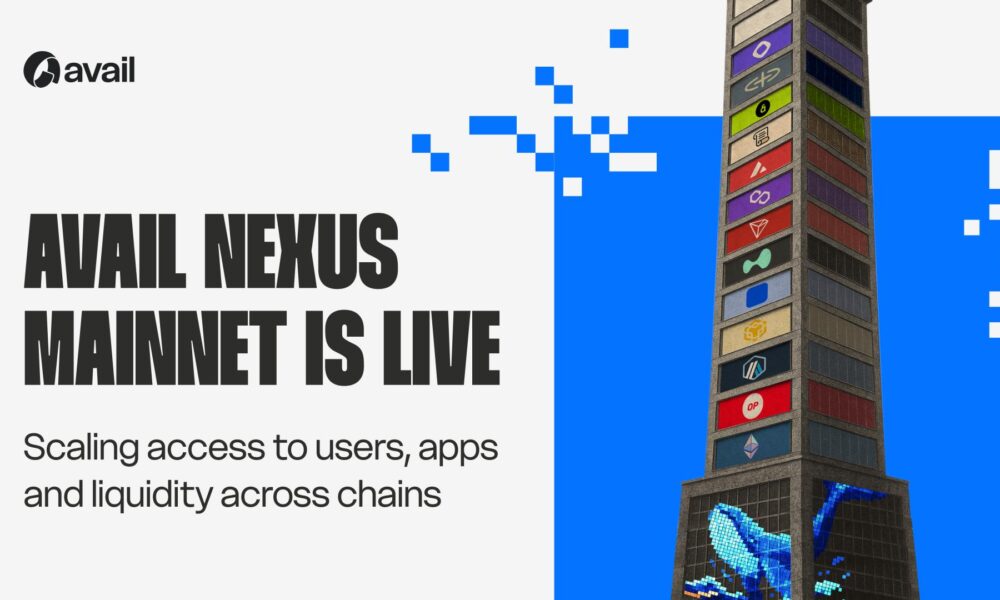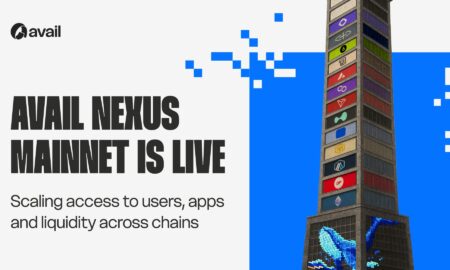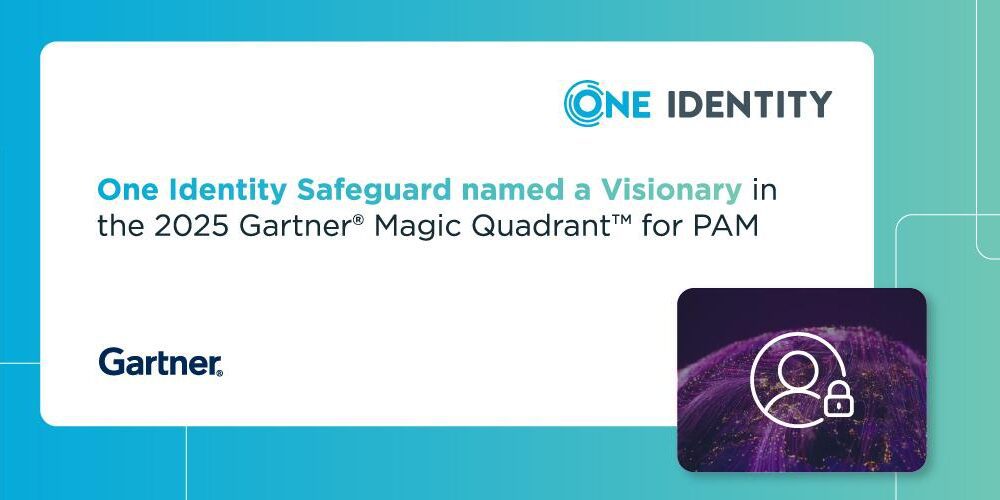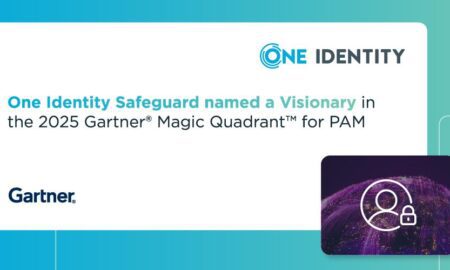As large language models (LLMs) like ChatGPT, Perplexity, Claude, and Gemini become increasingly popular tools for information retrieval and content discovery, the digital landscape is shifting. Just as SEO transformed web visibility on Google, a new wave—LLM Optimization—is reshaping how content creators, marketers, and businesses gain visibility through AI-generated responses. This article provides a 700-word roadmap for improving your presence and rankings in LLM-generated answers, complete with practical tests and real examples. If you want to know how to rank on LLMs visit this website qwairy.co
What Are LLMs & Why Should You Care?
LLMs (Large Language Models) are AI systems trained on vast data sets to generate human-like responses. When users ask questions to tools like ChatGPT or Perplexity, the LLMs scan their internal knowledge and sometimes external databases or live web content to generate a comprehensive answer.
If your content, brand, or product appears in these responses, it can drive significant credibility, traffic, and conversions—especially as more users turn to AI over search engines.
How LLMs Select and Mention Content
Before optimizing, it’s crucial to understand how LLMs generate their answers:
- Training Data – LLMs trained on public web data (like Common Crawl, Wikipedia, blogs) will tend to reflect popular and high-authority content.
- Retrieval-Augmented Generation (RAG) – Some models like Perplexity use live search or internal indexes to fetch sources and generate citations.
- Prompt Relevance – The content chosen in an answer depends on the user’s phrasing, location, intent, and the LLM’s training or current plugins/tools.
LLM Optimization Strategies (LLO)
Here’s how to position your content for discovery and mention in AI-generated responses:
- Publish High-Quality, AI-Friendly Content
LLMs love content that is:
- Structured with H1, H2 tags and bullet points.
- Clear and direct: Answers questions succinctly (FAQs work great).
- Factual and cited: Include trusted sources to boost credibility.
- Neutral tone: LLMs often echo neutral or journalistic-style writing.
Test Example: Publish a “Top 5 Best Productivity Tools” blog. Include structured summaries, clear product comparisons, and citations to authoritative sites. Then prompt ChatGPT with “What are the best productivity tools for 2025?” and see if your brand is mentioned.
- Build Your Domain’s Authority
Google ranking still plays a key role. Many LLMs rely on sites that Google already considers authoritative. To boost this:
- Get backlinks from reputable sources.
- Write guest posts or be mentioned in news outlets.
- Ensure your domain ranks for relevant keywords on traditional search.
Concrete Tip: Use Ahrefs or SEMrush to improve your domain rating (DR), which correlates with LLM trust.
- Target Conversational and Informational Queries
LLMs tend to answer how-to, comparison, definition, and summary queries. Target these by:
- Publishing FAQs
- Creating blog posts like “What is [topic]?”, “Top tools for [problem]”
- Using schema markup to enhance crawlability
Test Example: Create a post titled “How to build a remote development team in 2025.” Then ask Perplexity, “How do I set up a remote dev team?” and see which sources it cites.
- Be Discoverable in Cited Sources
LLMs like Perplexity and ChatGPT with web-browsing capabilities cite live URLs. To appear:
- Get featured in Quora, Reddit, Medium, or Substack posts.
- Post on platforms that LLMs index (e.g., Wikipedia, GitHub, public forums).
- Submit your site to AI-friendly content databases.
Pro Tip: Get your company listed in Wikipedia (even as a reference in an industry article). LLMs often pull from Wikipedia due to its authority.
- Stay Fresh & Update Regularly
LLMs are biased toward up-to-date information. Keep your content current by:
- Updating publish dates on evergreen posts
- Adding “2025” or “latest” in titles
- Publishing content that addresses current trends or tech
- Monitor Mentions via LLM Testing
Test how your brand or content appears by prompting LLMs directly:
- Ask ChatGPT: “What is the best SEO plugin for WordPress?”
- Ask Perplexity: “Compare marketing tools for startups.”
- Ask Claude: “What’s the best way to improve Shopify speed?”
If you’re not mentioned, refine your content, update your titles, or republish with clearer targeting.
You can monitor and optimize your presence with:
- Qwairy.co – A dedicated platform built specifically for Generative Engine Optimization (GEO). Qwairy tracks how and when your brand is mentioned in AI-generated answers across major LLMs like ChatGPT, Claude, Gemini, Perplexity, and more. It offers actionable insights, competitive benchmarks, and recommendations to help you increase your visibility in this new AI-driven search landscape.
- ChatGPT / Perplexity prompts – Regularly test targeted queries to manually evaluate how your brand appears in LLM-generated responses.
- Brandwatch / Mention – Monitor where your brand is discussed across traditional web and social platforms, although these don’t yet cover LLM outputs.
- LLMonitor (beta tools) – Some early-stage tools are emerging to help brands track mentions within LLM ecosystems, but the landscape is still developing.
Final Thoughts
Just as SEO shaped the internet in the Google era, LLMO (Large Language Model Optimization) is shaping the AI-driven era of discovery. To rank on LLMs like ChatGPT and Perplexity, think of yourself as teaching the AI. Create helpful, trustworthy, well-structured content that answers real user questions and lives on domains with authority.
The earlier you start, the more likely you’ll appear in the answers that millions of users see every day.



































